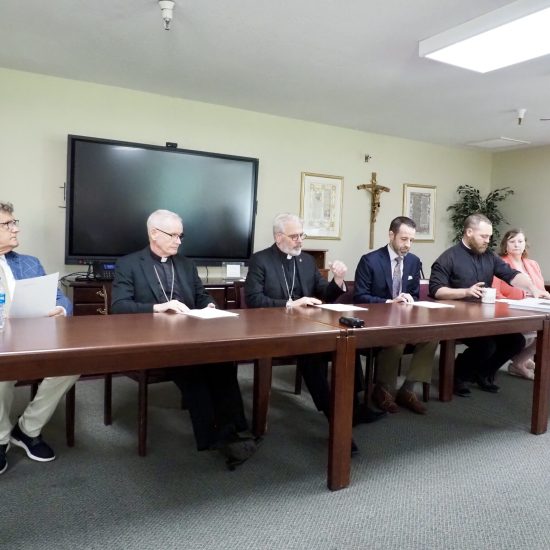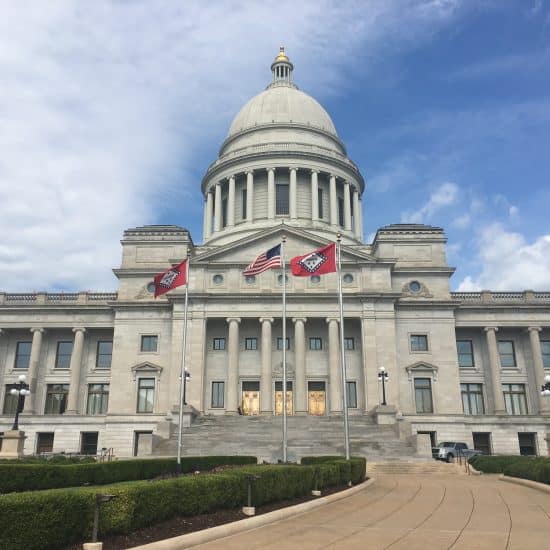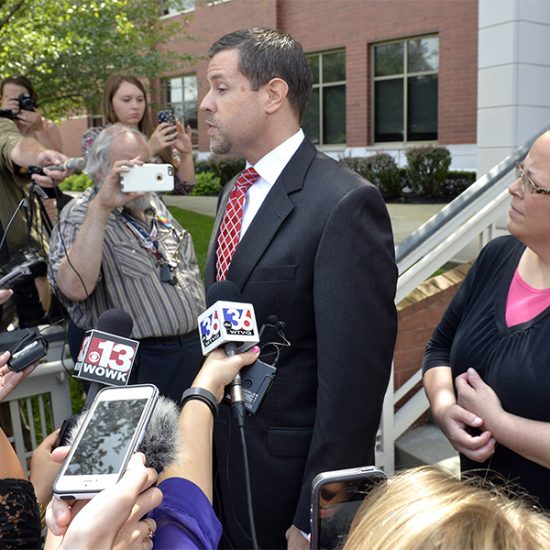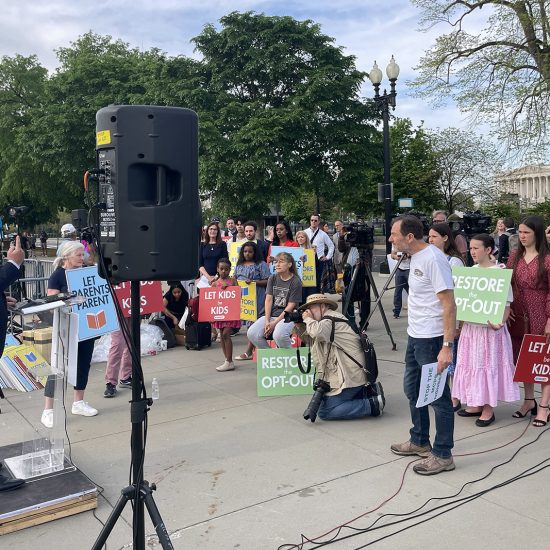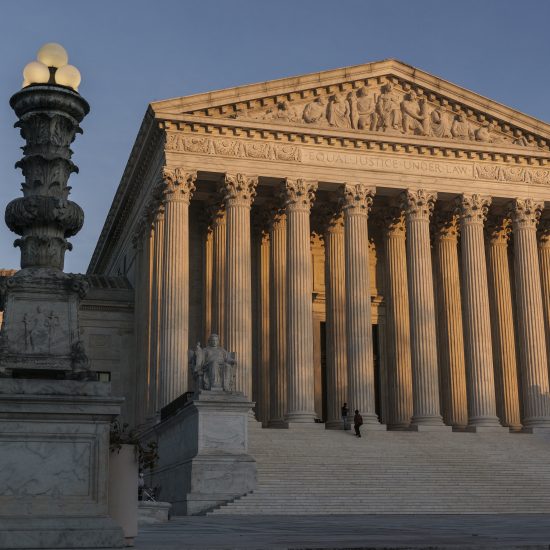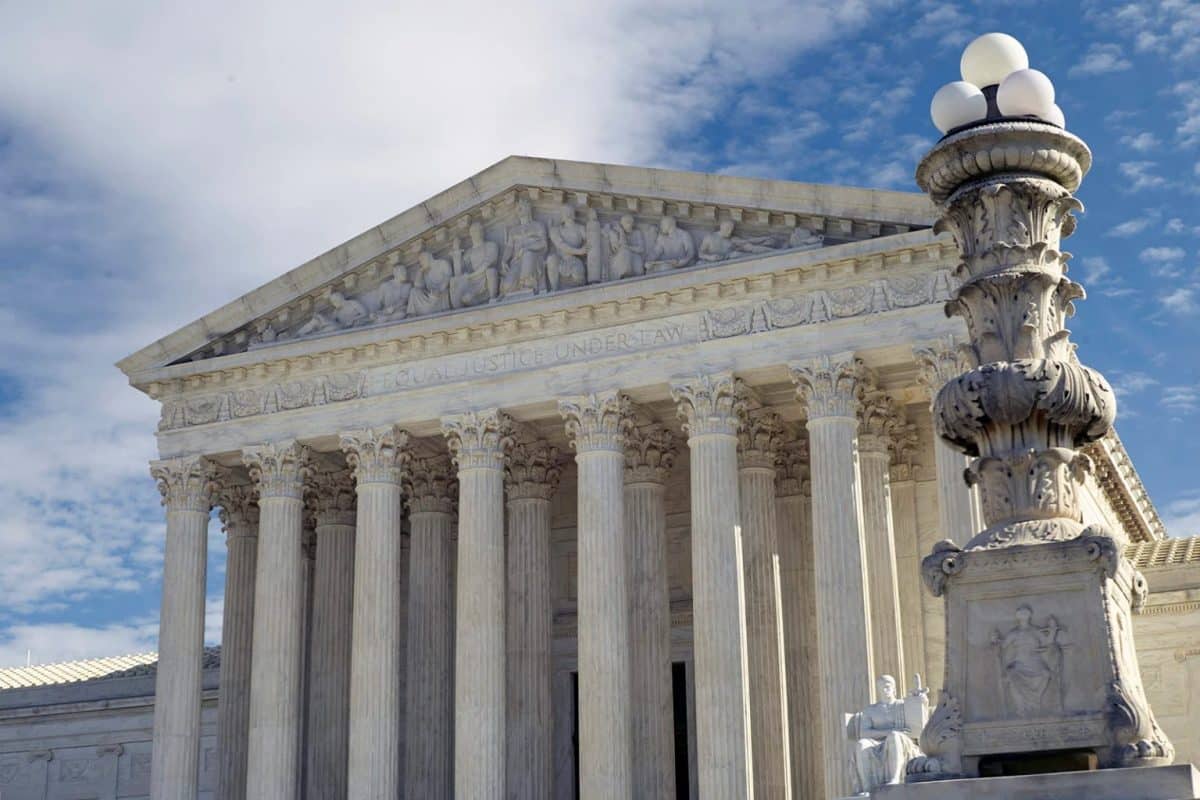
By a narrow 5-4 decision, the U.S. Supreme Court Tuesday (June 30) issued a ruling that could open the doors for more government funding of religious schools and even houses of worship. The ruling in Espinoza v. Montana Department Revenue criticized Montana for invoking a state clause barring government aid of sectarian institutions to block students at religious schools from accessing a short-lived state scholarship program.
The ruling could have significant impact as 38 state constitutions include similar no-aid clauses that prevent government funding of religious schools or houses of worship. And the case expands on a controversial 2017 ruling in Trinity Lutheran Church of Columbia, Inc. v. Comer.
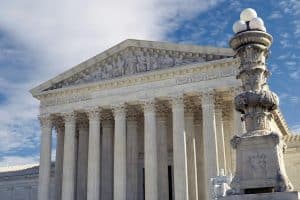
The Supreme Court in Washington, D.C., on Jan. 27, 2020. (Mark Tenally/Associated Press)
The majority opinion relies heavily on citations of the Trinity Lutheran decision out of Columbia, Missouri, even though the Court in that case insisted it was only about resurfacing church playgrounds and not broader issues of religious instruction or devotion. The decision in that case argued Missouri couldn’t block a church from participating in the resurfacing program due solely to its status as a religious institution. Despite the narrow focus on playground resurfacing, several federal government agencies have since invoked Trinity Lutheran to greatly expand the grounds for government funding of religion.
Chief Justice John Roberts, writing the majority opinion joined by the Court’s other four more conservative members, argued similarly that in the Montana situation the state’s “no-aid provision bars religious schools from public benefits solely because of the religious character of the school.” He added, “The provision also bars parents who wish to send their children to a religious school from those same benefits, again solely because of the religious character of the school.”
And even though it would be for religious-based education, Roberts insisted that like in the Missouri case, the Montana decision was only about “religious status and not religious use.”
Other justices would have gone even further than Roberts in allowing government funding and support of religious schools. Justice Clarence Thomas, who believes only the federal government is prevented from establishing a state religion, wrote in a concurring opinion that Justice Neil Gorsuch also joined: “the Establishment Clause does not prohibit States from favoring religion.”
Gorsuch, in his own concurring opinion, undermined Roberts’s assertion that the case hinged only on religious status instead of religious use. Gorsuch sees both at play, and he believes governments shouldn’t be able to prevent taxpayer aid for religious use.
In a dissenting opinion, Justice Stephen Breyer — like Gorsuch — questioned the idea of focusing on religious status instead of use. But Breyer sees that point as to why the Court should have reached the opposition opinion and supported Montana’s refusal to fund religious education.
“There is no dispute that religious schools seek generally to inspire religious faith and values in their students. How else could petitioners claim that barring them from using state aid to attend these schools violates their free exercise rights?” he wrote.
Breyer, who dissented in Espinoza but backed the majority in Trinity Lutheran, specifically criticized the lack of attention to the use of the aid in question. He argued the majority in Espinoza failed by not considering differences between “playground grants or devotional teaching.”
Justice Sonia Sotomayor offered an even harsher assessment in her dissenting opinion, accusing the majority of again — as in the Trinity Lutheran case — weakening “this country’s longstanding commitment to a separation of church and state beneficial to both.” Rather than addressing a violation of someone’s Free Exercise of religion rights, she sees the majority as giving preference to religion.
“Today’s ruling is perverse. Without any need or power to do so, the Court appears to require a State to reinstate a tax-credit program that the Constitution did not demand in the first place,” she wrote. “Today’s Court … rejects the Religion Clauses’ balanced values in favor of a new theory of free exercise, and it does so only by setting aside well-established judicial constraints.”
Writing for the majority, Roberts also rejected a historical standard the Court has used in other cases to allow sectarian prayers in government meetings and the display of religious symbols on public land. He claimed “no comparable ‘historic and substantial’ tradition supports Montana’s decision to disqualify religious schools from government aid.” However, Montana’s state Constitution has banned such aid for its entire history, and even older no-aid clauses exist in other states.
Roberts dismissed the historical account by noting that in the founding era of this nation some state governments provided funding to denominational schools. And yet, in that era there was also opposition to such funding that led to the provisions like the one in Montana.
Breyer noted in his dissenting opinion his opposition to Roberts on this point since “our history and federal constitutional precedent reflect a deep concern that state funding for religious teaching, by stirring fears of preference or in other ways, might fuel religious discord and division and thereby threaten religious freedom itself.” Breyer also complained that “the majority ignores the reasons for the founding era bans” on such government funding of religion that the Court actually cited in earlier religious liberty decisions.
“If, for 250 years, we have drawn a line at forcing taxpayers to pay the salaries of those who teach their faith from the pulpit, I do not see how we can today require Montana to adopt a different view respecting those who teach it in the classroom,” Breyer added.
Some justices in the majority also relied on poor history about the no-aid provision. Attempting to dismiss no-aid provisions as inherently bigoted against Catholics, Justice Samuel Alito in a concurring opinion repeatedly referred to such provisions as “Blaine Amendments,” a reference to U.S. Rep. James Blaine who unsuccessfully pushed adding a no-aid clause to the U.S. Constitution. Alito inaccurately claimed “thirty-eight states still have these ‘little Blaine Amendments’ today.” However, many states — including the Missouri clause at the center of the Trinity Lutheran decision — actually predated Blaine and the period of anti-Catholic bigotry.
The dissenting justices warned the ruling will, as Sotomayor put it, result in “sowing confusion and muddying the Law.” The majority didn’t actually invalidate the Montana no-aid provision, but instead remanded the case back to the lower courts — but since the whole scholarship program has already been dismantled, the dissenting justices don’t see what the lower courts are supposed to do with no program to rule on.
“It is hard to tell what this Court wishes the state court to do. There is no program from which petitioners are currently ‘exclu[ded],’ so must the Montana Supreme Court order the State to recreate one? Has this Court just announced its authority to require a state court to order a state legislature to fund religious exercise, overruling centuries of contrary precedent and historical practice?” Sotomayor wrote. “Indeed, it appears that the Court has declared that once Montana created a tax subsidy, it forfeited the right to eliminate it if doing so would harm religion.”
Similar confusion emerged after the Trinity Lutheran case. Although lower courts repeatedly called the ruling narrow and refused to apply it more broadly, some federal officials invoked the ruling as justification for expanding government funding of religious groups to areas far beyond playground resurfacing.


